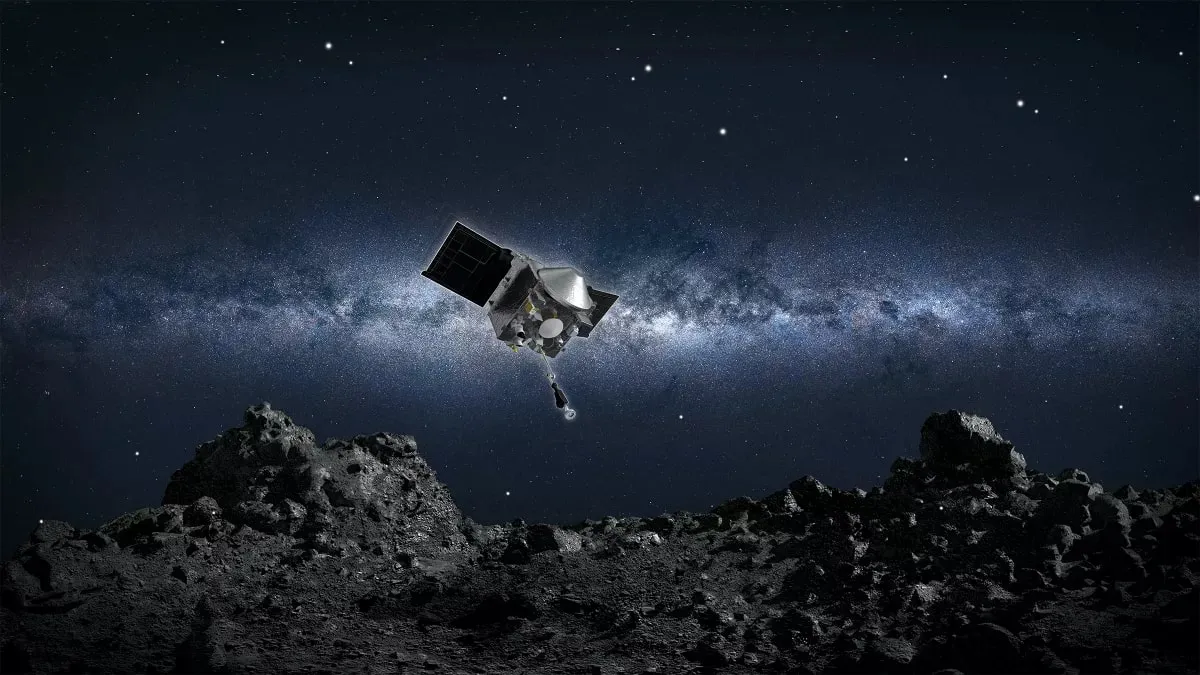Space news stories
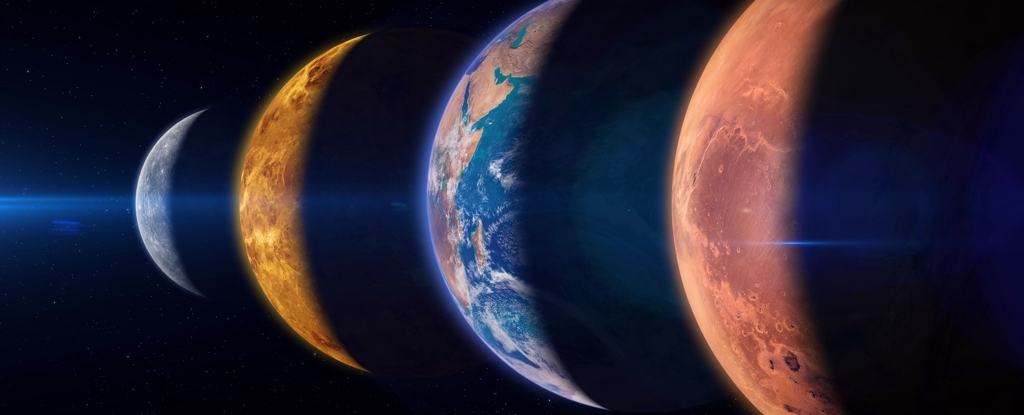
A very rare treat is about to grace Earth’s night skies. On the evening of 28 February 2025, all seven of the other planets in the Solar System will appear in the night sky at the same time, with Saturn, Mercury, Neptune, Venus, Uranus, Jupiter, and Mars all lining up in a neat row – a magnificent sky feast for the eyes known as a great planetary alignment.

Advanced artificial intelligence is to revolutionise fundamental physics and could open a window on to the fate of the universe, according to Cern’s next director general.
The idea of lightsails is something out of science fiction. As early as the 1950s and ‘60s, science fiction writers John Campbell, Arthur C. Clarke and others were toying with the idea of “solar sails” for spacecraft propulsion…Project researchers report in a paper published in Nature Photonics that they have developed a platform to test the materials that could one day form lightsails.

A new study reveals that what lies beneath the lunar surface may be more dynamic than previously believed.

As described in a study published in the Astrophysical Journal Letters, researchers have collected further evidence of 2024 PT5 being of local origin: It appears to be composed of rock broken off from the moon’s surface and ejected into space after a large impact.
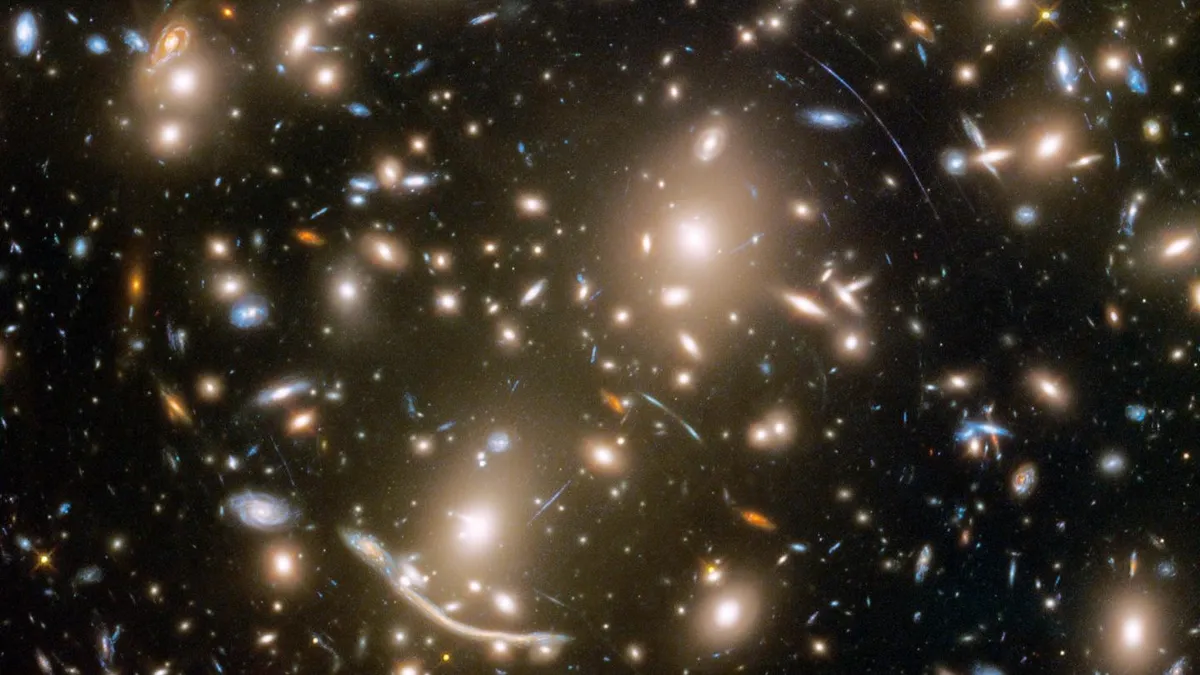
Astronomers have been confounded by recent evidence that the universe expanded at different rates throughout its life. New findings risk turning the tension into a crisis, scientists say.

NASA’s Curiosity Rover has been exploring Mars since 2012 and more recently has found evidence of ice-free ancient ponds and lakes on the surface. The rover found small undulations like those seen in sandy lakebeds on Earth.
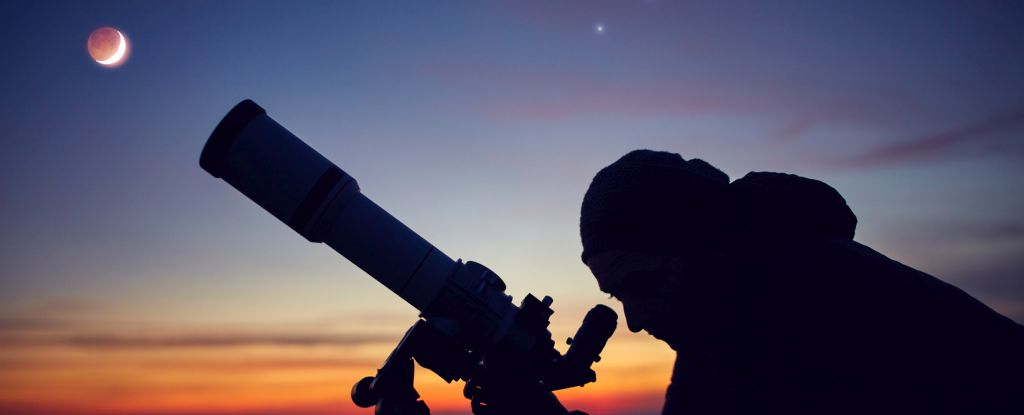
On the evening of 28 February 2025, all seven of the other planets in the Solar System will appear in the night sky at the same time, with Saturn, Mercury, Neptune, Venus, Uranus, Jupiter, and Mars all lining up in a neat row – a magnificent sky feast for the eyes known as a great planetary alignment.
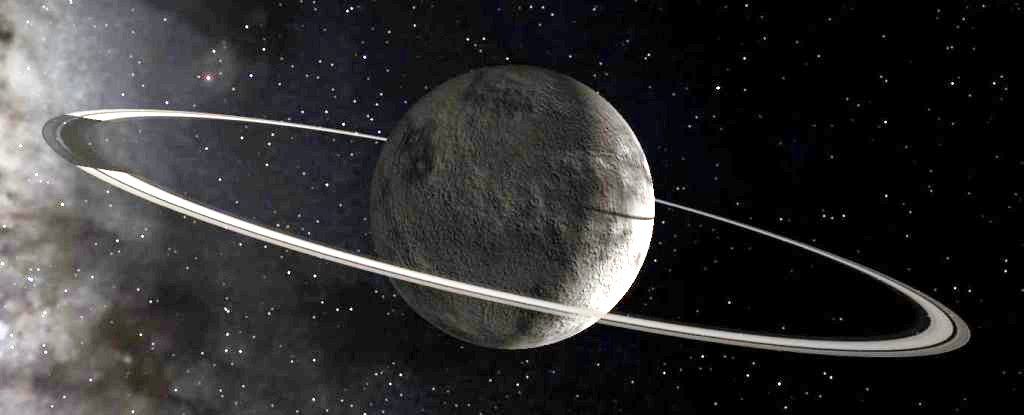
In the distant space out beyond the orbit of Jupiter lurks a strange object. Its name is Chiron, a type of outer Solar System body known as a centaur. But even among its fellow centaurs, Chiron is special – and new observations from JWST reveal how truly Chiron is like nothing else we’ve ever seen.
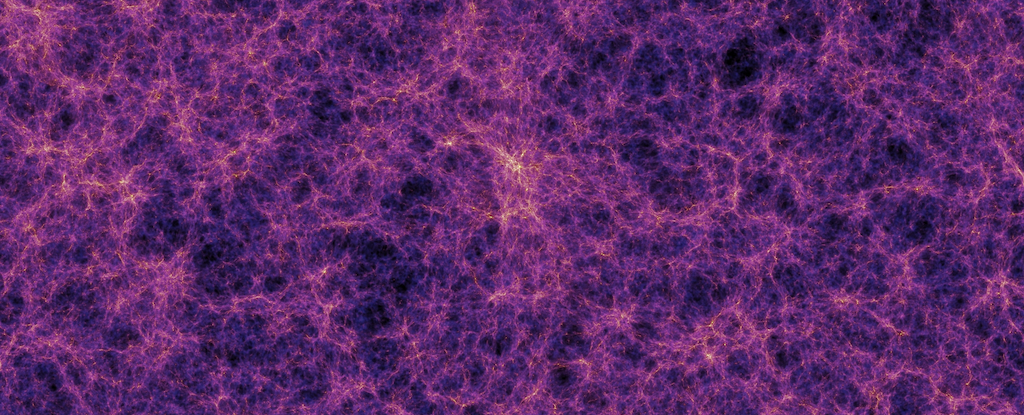
There might not be a mysterious ‘dark’ force accelerating the expansion of the Universe after all. The truth could be much stranger – bubbles of space where time passes at drastically different rates.

Taking its name from a now obsolete constellation known as Quadrans Muralis, the event is best viewed in the northern hemisphere, with the meteors appearing to radiate from the constellation Boötes, which is found near the collection of stars often dubbed the Plough or the Big Dipper
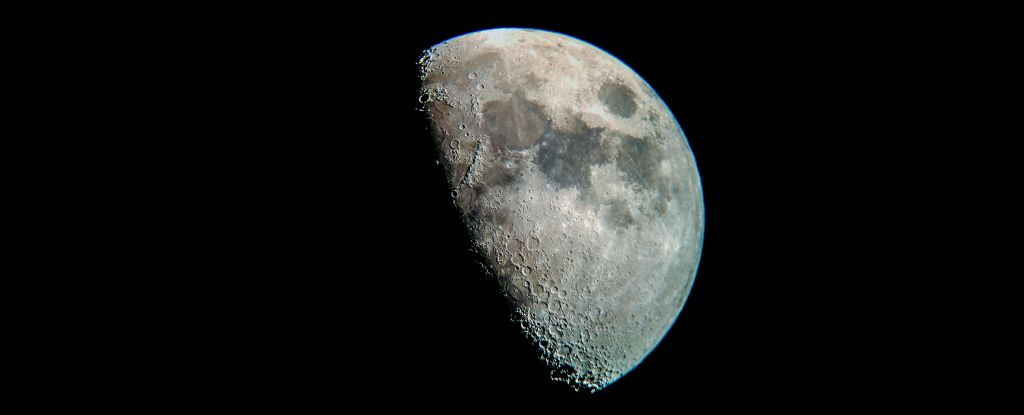
According to a new analysis by researchers from the US, France, and Germany, Earth’s constant companion may have formed as early as 4.53 billion years ago – hundreds of millions of years earlier than previous estimates. The research has been published in Nature.

It’s a favourite adage of science bores (myself included): sharks are older than the rings of Saturn. But, according to a study in Nature Geoscience, it might not be true. Saturn’s rings could be a lot older than previously thought.
Image from Wiki Commons
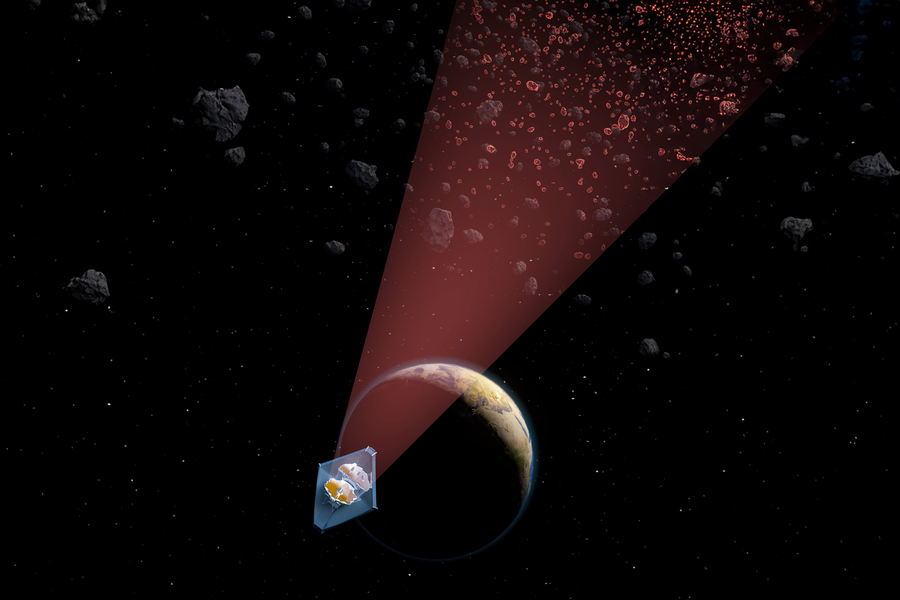
The team’s detection method, which identified 138 space rocks ranging from bus- to stadium-sized, could aid in tracking potential asteroid impactors. In a paper appearing in the journal Nature, the researchers report that they have used their approach to detect more than 100 new decameter asteroids in the main asteroid belt.
The Earth was struck by 2 huge asteroids 35 million years ago – but it managed to shrug off the impacts, according to a new study. The study, published in Communications Earth & Environment finds that – other than 2 massive craters – there’s little evidence of long-term effects caused by the asteroids.





